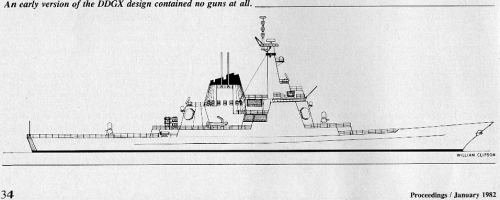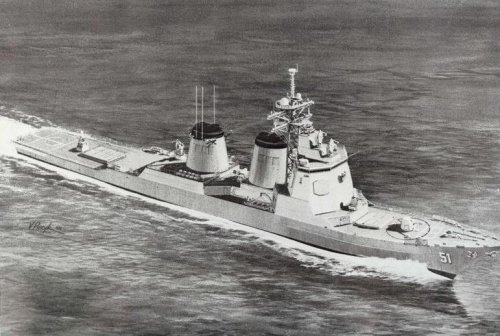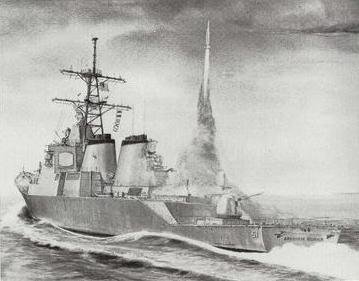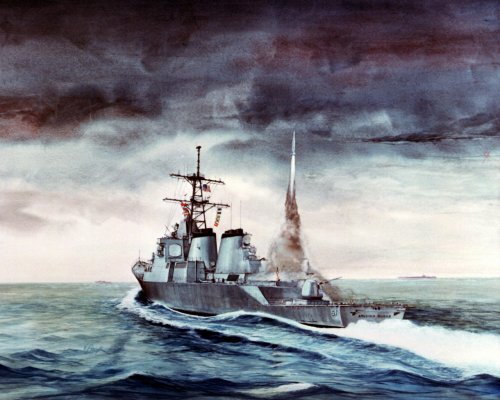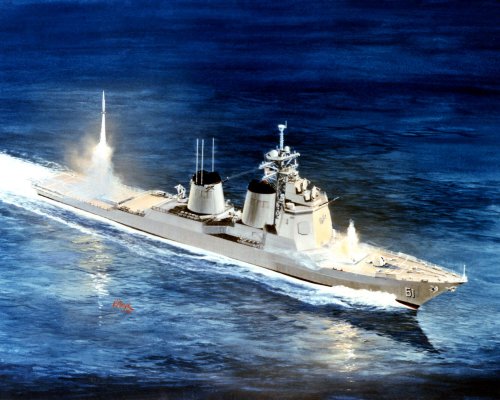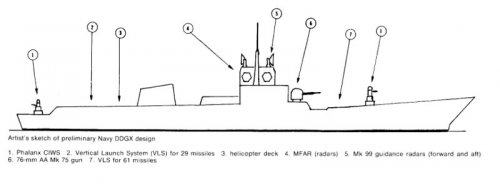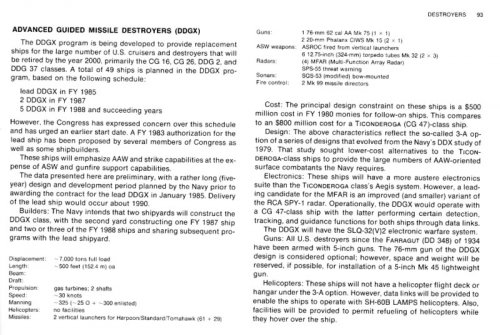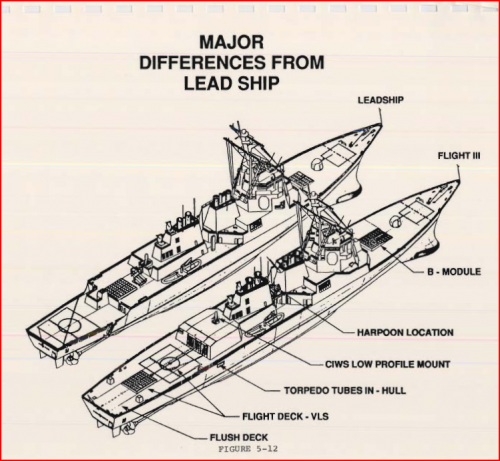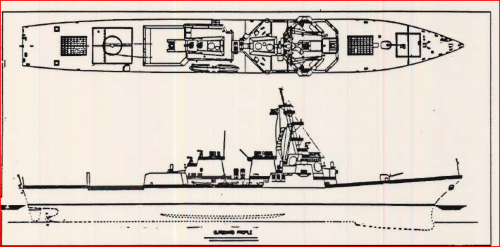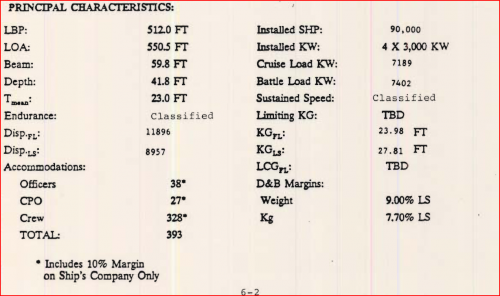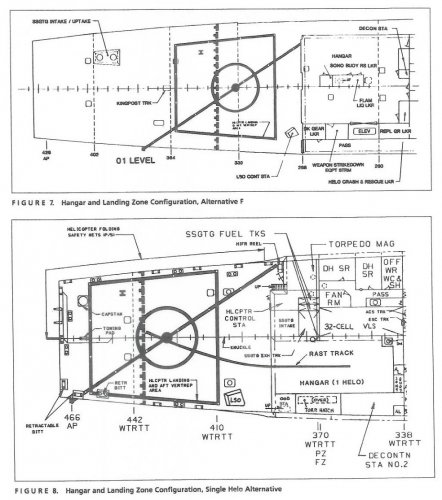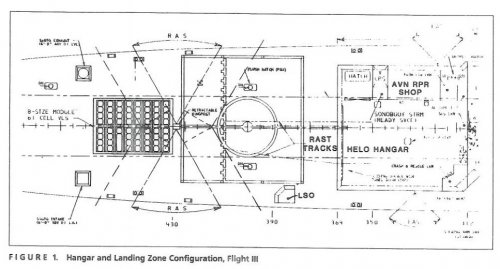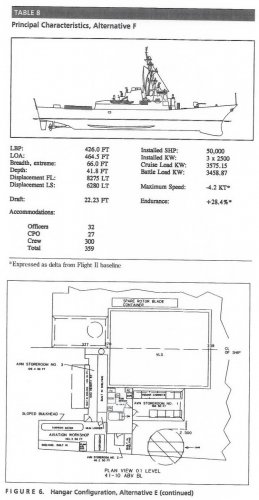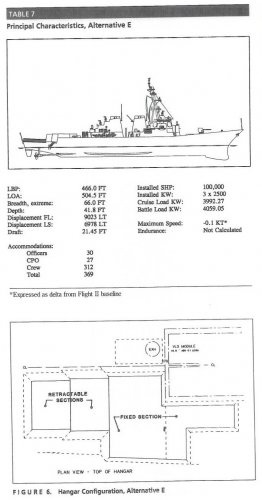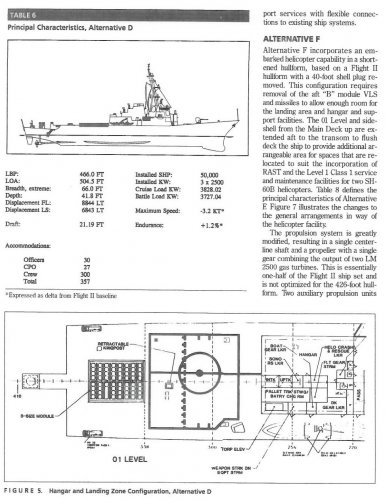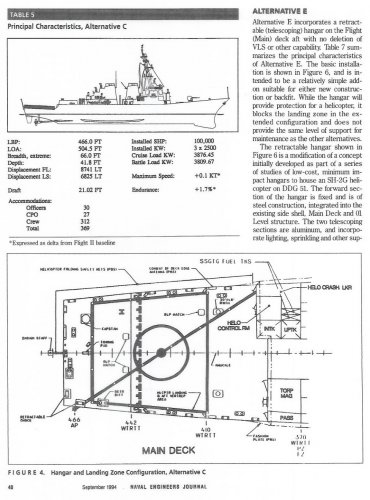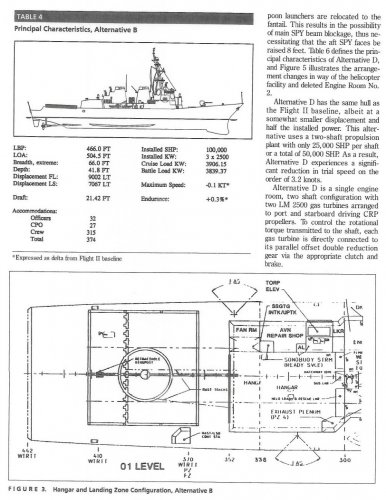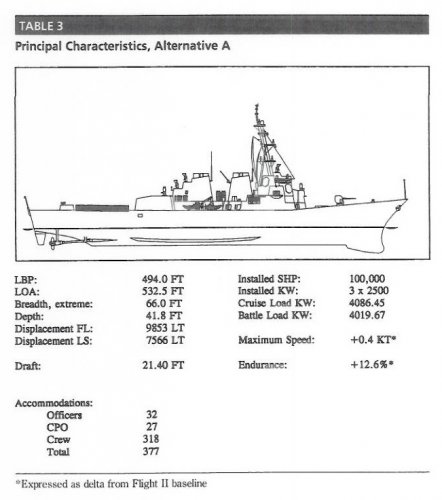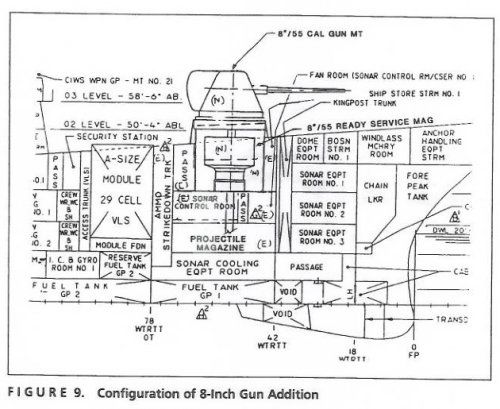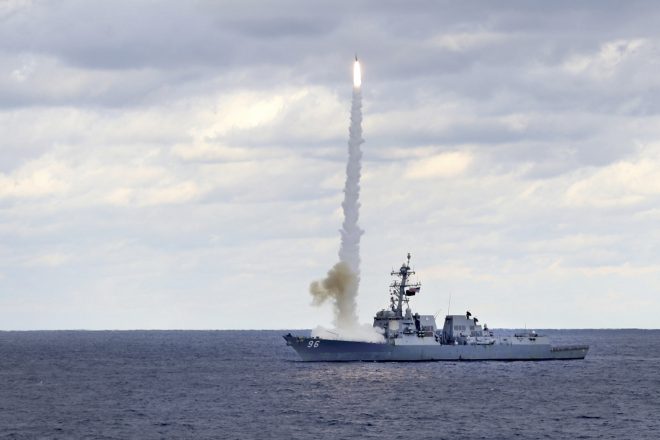Shipbuilders designing upgraded destroyer as Navy eyes schedule risk
April 04, 2016
Shipbuilders on the Navy's Arleigh-Burke class destroyer program are in the midst of drawing up the Flight III upgrade centered around the installation of a powerful new radar, with final design parameters on the new Raytheon-made sensor due in the coming weeks, according to the program manager.
Bath Iron Works and Ingalls Shipbuilding, respectively the two prime contractors on the DDG-51 Arleigh-Burke program, are in the "detail design" phase of the Flight III upgrade, according to Capt. Mark Vandroff, DDG-51 program manager. He said the efforts are "on track and on budget," with Flight III design expected to be finalized by the fall of 2017.
"We've got some bigger efforts coming up because final design information from things like the radar and some of the other changes are being delivered just in the next few weeks," Vandroff said in a March 29 interview at the Washington Navy Yard. "That will be another input of information to the shipbuilders for them to do their design."
The Navy has designated the additional DDG-51 funded by lawmakers in fiscal year 2016 as the first ship to be built in the Flight III configuration, according to a March 30 Naval Sea Systems Command press release. Congress fully funded the Navy's request for two DDG-51 destroyers in FY-16 and added $1 billion in incremental funding authority for a third ship.
But the Navy still needs to determine how to put the additional destroyer on contract, as the service is funding two DDG-51s per year through a multiyear procurement contract put in place for FY-13 through FY-17. The service also needs another $433 million to fully fund the extra destroyer. Officials included a request for the remainder of the funding on the Navy's FY-17 unfunded priorities list
Vandroff said he's provided the Navy's acquisition directorate with options on how the extra DDG-51 could be put on contract. The Navy and Pentagon acquisition chief Frank Kendall will make the final call on awarding the additional ship.
"They gave an interesting question for the fiscal lawyers to think about," Vandroff said of the partially funded ship added by lawmakers. "And they are still thinking about it, so I'm waiting for a policy decision on that as to the exact nature as to what our authorities actually are in spending the money that was appropriated."
However it is awarded, the first newly designed destroyer is expected to reach initial operational capability in 2023. The biggest risk, Vandroff said, is remaining on schedule, as several key systems for the Flight III ship are being designed at the same time.
"Right now, I've got everything on schedule, but I've got a lot of different things to keep on schedule," Vandroff said.
The Flight III design is centered around the incorporation of a next-generation SPY-6 radar, also referred to as the Air and Missile Defense Radar, which will replace the Flight IIA design's AN/SPY-1D radar. A prototype array of the radar will be tested at the Pacific Missile Range Facility in Hawaii this summer, with the first full, ship-set radar expected to begin production in 2017, according to Vandroff. The SPY-6 is being developed by Raytheon.
The more powerful SPY-6 requires corresponding upgrades to the DDG-51's power and cooling systems. The Flight III design will include a high-voltage generator, which is a modified version of the generator installed on the Zumwalt DDG-1000 destroyers, according to Vandroff. He said the changes to the generator are modest upgrades to make it more fuel efficient. The generator has cleared its critical design review and is expected to begin production next month, with the first set slated for delivery in 2017, Vandroff added.
The Flight III additionally requires new power conversion modules to take power from the generator and feed it into the SPY-6 radar. The critical design review on the new modules was recently completed, Vandroff said, and the units are now in production.
The new design also requires a better cooling plant. Vandroff said the new system will essentially be the same as the old AC plant, but with an upgraded compressor to make it more efficient, therefore allowing for more cooling. The first new AC unit is undergoing qualification now, he said, with production expected to start later this year.
While the SPY-6 will provide the Flight III with a powerful S-band radar, the Navy is also incorporating the X-band, SPQ-9B radar into the new design for horizon search capability. The SPQ-9B is operational on many existing Navy platforms, including aircraft carriers and amphibious assault ships.
Rather than waiting to incorporate the SPQ-9B in only Flight III designs, Vandroff said the Navy will install the radar on DDG-119, a Flight IIA ship, and all follow-on destroyers to reduce risk in Flight III integration. DDG-119 is in the early stages of construction at Ingalls Shipbuilding and will have its keel laid this May, according to Vandroff.
While the Flight III upgrade is still being designed, the first ships under the DDG-51 "re-start" program are set to begin delivering over the next year. The Navy had originally planned to replace the Arleigh-Burke class with the Zumwalt destroyers, but decided in 2008 to truncate the DDG-1000 purchase to just three ships and re-initiate DDG-51 production.
The first of the re-start ships, the John Finn (DDG-113) built by Ingalls, is in the middle of combat systems testing, Vandroff said, with the destroyer expected to deliver in October. The Ralph Johnson (DDG-114), another Ingalls production, is expected to deliver next April, according to Vandroff.
Bath Iron Works, meanwhile, is facing pressure to keep the three-ship DDG-1000 program on track, meaning delivery dates for the DDG-51 destroyers under production will likely slip, Vandroff said. The Rafael Peralta (DDG-115) is slated to deliver this December, but Vandroff said he would not be surprised to see "one to two months" slippage of that date. The Thomas Hudner (DDG-116) currently under construction at Bath will deliver approximately one year after the Peralta, according to Vandroff.
Furthermore, the DDG-51 program could be a topic for discussion on Capitol Hill this week. The Senate Armed Services seapower subcommittee is slated to convene on April 6 to receive testimony on the Navy's shipbuilding programs

